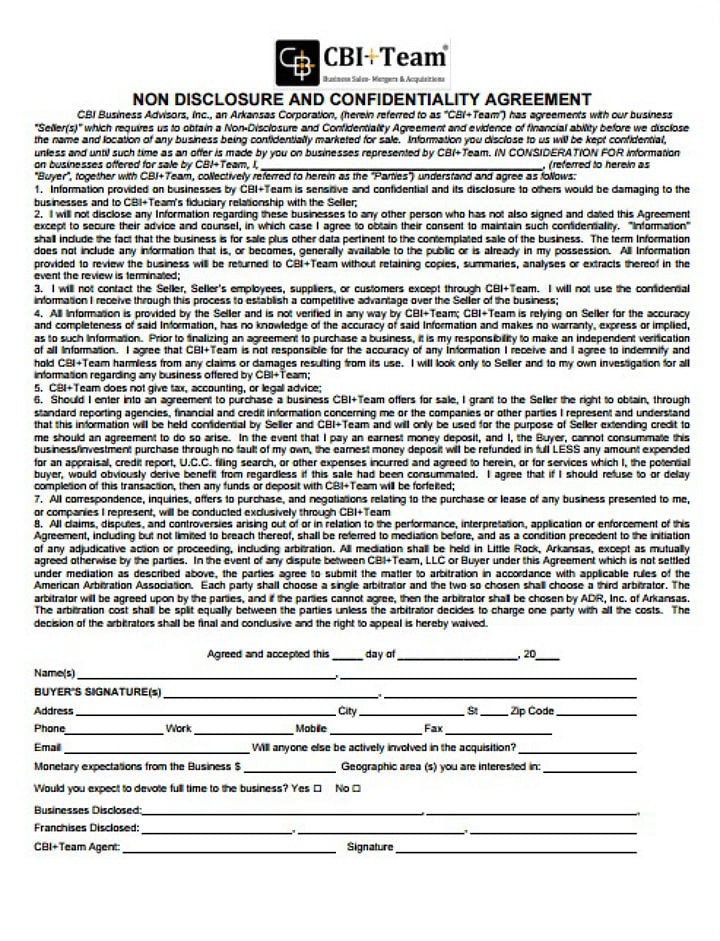

International cyberattacks continue to attract media attention, but a recent study shows that the greatest threat may lie within companies (photo: iStockphoto/LagartoFilm). However, research into court cases reveals the key elements of an effective trade secret protection plan. Laws and legislation also continue to evolve. Increasingly, the courts are saying that firms need to take “reasonable steps” to protect confidential corporate assets, and these efforts include not only securing computer networks but also embedding trade secret protection into business operations and processes.ĭetermining the extent of “reasonable steps” can be challenging since governments have been vague about the term’s definition. How do you secure company trade secrets from both external threats and potential thieves already inside the company? That is the startling finding of A Statistical Analysis of Trade Secret Litigation in Federal Courts, which is believed to be the first statistical study on the subject.

In more than 85 percent of the trade secret lawsuits in state and federal courts of the United States, the alleged misappropriator was either an employee or a business partner. However, the greatest threat may be already within a company. International cyberattacks with the intent to steal intellectual property (IP) continue to dominate the news, leaving many firms scrambling to shore up their computer networks to thwart such hacks.

By Pamela Passman, President and CEO, Center for Responsible Enterprise And Trade (), Washington DC, USA, and former Corporate Vice President and Deputy General Counsel, Global Corporate and Regulatory Affairs, Microsoft Corporation


 0 kommentar(er)
0 kommentar(er)
